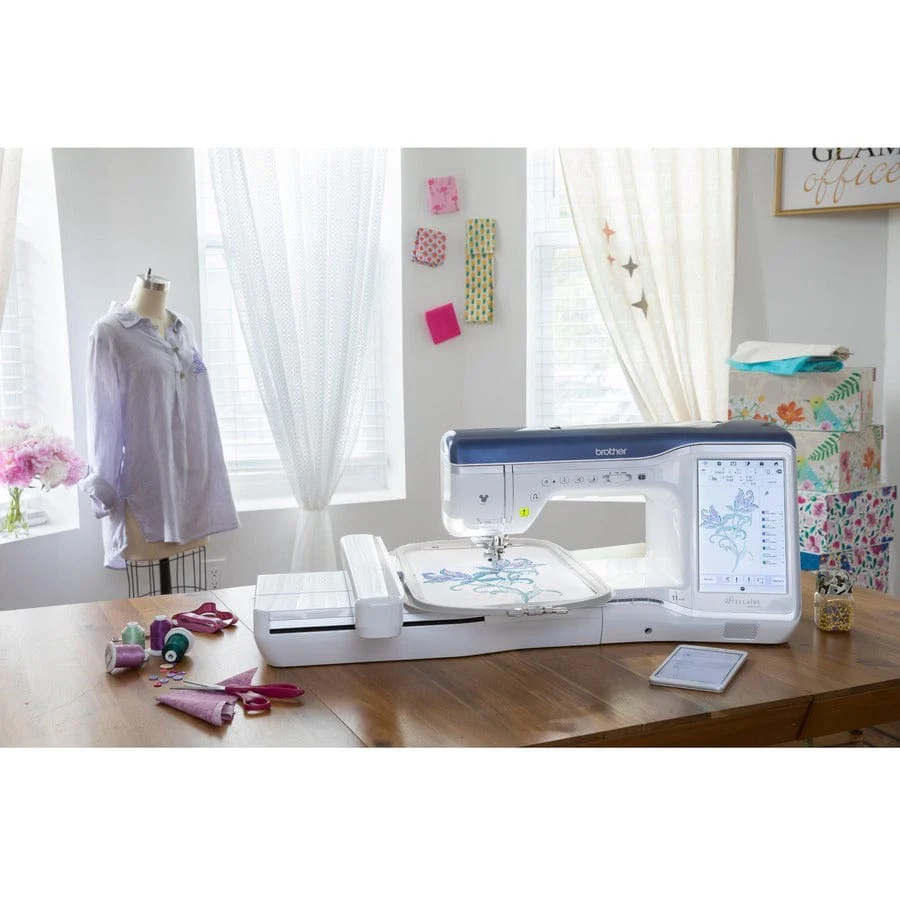Introduction
Embroidery has long been a cherished art form, blending creativity with craftsmanship. In today's digital age, the fusion of technology and embroidery has given rise to logo digitizing—a process that transforms digital logos into stitch-ready embroidery files. Whether you're a budding entrepreneur, a seasoned embroiderer, or someone keen on personalizing apparel, learning to digitize logo for embroidery is an essential skill. Mastering logo digitizing for embroidery goes beyond basic conversions; it’s about accuracy, stitch flow, and fabric compatibility. This guide delves deep into the nuances of logo digitizing, offering insights, tips, and tricks to ensure your embroidered logos are nothing short of perfection.
Understanding Logo Digitizing
What is Logo Digitizing?
Logo digitizing is the process of converting a digital logo into a format that embroidery machines can interpret. This involves mapping out stitch paths, determining stitch types, and setting parameters like density and underlay to ensure the embroidered design mirrors the original logo accurately.
Importance of Quality Digitizing
A well-digitized logo ensures:
-
Precision: Accurate representation of the original design.
-
Efficiency: Optimized stitch paths reduce production time.
-
Durability: Proper stitch settings enhance the longevity of the embroidery.
Essential Tools for Logo Digitizing
Embroidery Digitizing Software
Choosing the right software is pivotal. Popular options include:
-
Wilcom: Renowned for its advanced features and user-friendly interface.
-
Hatch: Ideal for both beginners and professionals.
-
Embird: Offers modular options catering to various needs.
Hardware Requirements
Ensure your computer meets the software's specifications. A graphics tablet can also aid in precise digitizing.
Step-by-Step Guide to Digitizing a Logo
1. Analyze the Logo
Before diving into digitizing, study the logo:
-
Complexity: Identify intricate details that might need simplification.
-
Colors: Determine the number of thread colors required.
-
Size: Consider the final embroidery size to adjust details accordingly.
2. Prepare the Artwork
Use high-resolution images, preferably in vector formats like .AI or .EPS. This ensures scalability without loss of quality.
3. Import into Digitizing Software
Load the logo into your chosen software. Set the design's dimensions based on the intended embroidery size.
4. Assign Stitch Types
Different parts of the logo may require various stitch types:
-
Satin Stitch: Ideal for borders and text.
-
Fill Stitch: Suitable for larger areas.
-
Running Stitch: Used for fine details and outlines.
5. Set Stitch Parameters
Adjust settings like:
-
Stitch Density: Determines the number of stitches per unit area.
-
Underlay: Provides a foundation, preventing fabric puckering.
-
Pull Compensation: Offsets fabric distortion during stitching.
6. Sequence the Design
Plan the stitching order to minimize thread changes and jumps, enhancing efficiency.
7. Preview and Test
Use the software's preview function to simulate the embroidery. It's advisable to run a test stitch on similar fabric to identify and rectify potential issues.
Tips and Tricks for Perfect Logo Digitizing
Simplify Complex Designs
Overly intricate logos might not translate well into embroidery. Simplify elements without compromising the brand's essence.
Choose Appropriate Colors
Limit the number of thread colors to maintain clarity. Ensure contrast between colors for better visibility.
Consider Fabric Type
Different fabrics react differently to stitching. Adjust stitch settings based on the fabric's properties.
Maintain Consistent Lettering
Ensure text is legible. Avoid fonts with intricate details that might not embroider well.
Regularly Update Software
Stay updated with the latest software versions to access new features and improvements.
Common Mistakes to Avoid
-
Ignoring Fabric Type: Not adjusting settings based on fabric can lead to poor results.
-
Overcomplicating Designs: Too many details can clutter the embroidery.
-
Neglecting Test Runs: Skipping test stitches can result in unforeseen issues.
-
Improper Stitch Density: Too dense can cause puckering; too sparse can look incomplete.
Conclusion
Mastering logo digitizing for embroidery is a blend of art and science. With the right tools, attention to detail, and continuous practice, you can transform any logo into a stunning embroidered masterpiece. Remember, the key lies in understanding the intricacies of both the design and the medium. Embrace the learning curve, and soon, you'll be producing embroidery that truly stands out.

